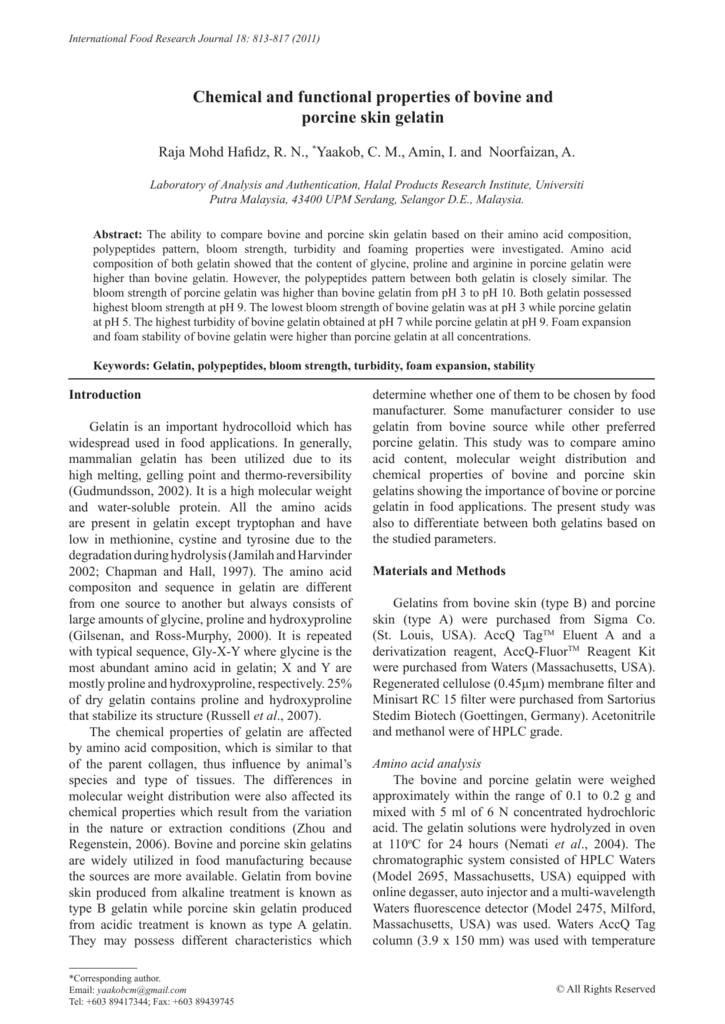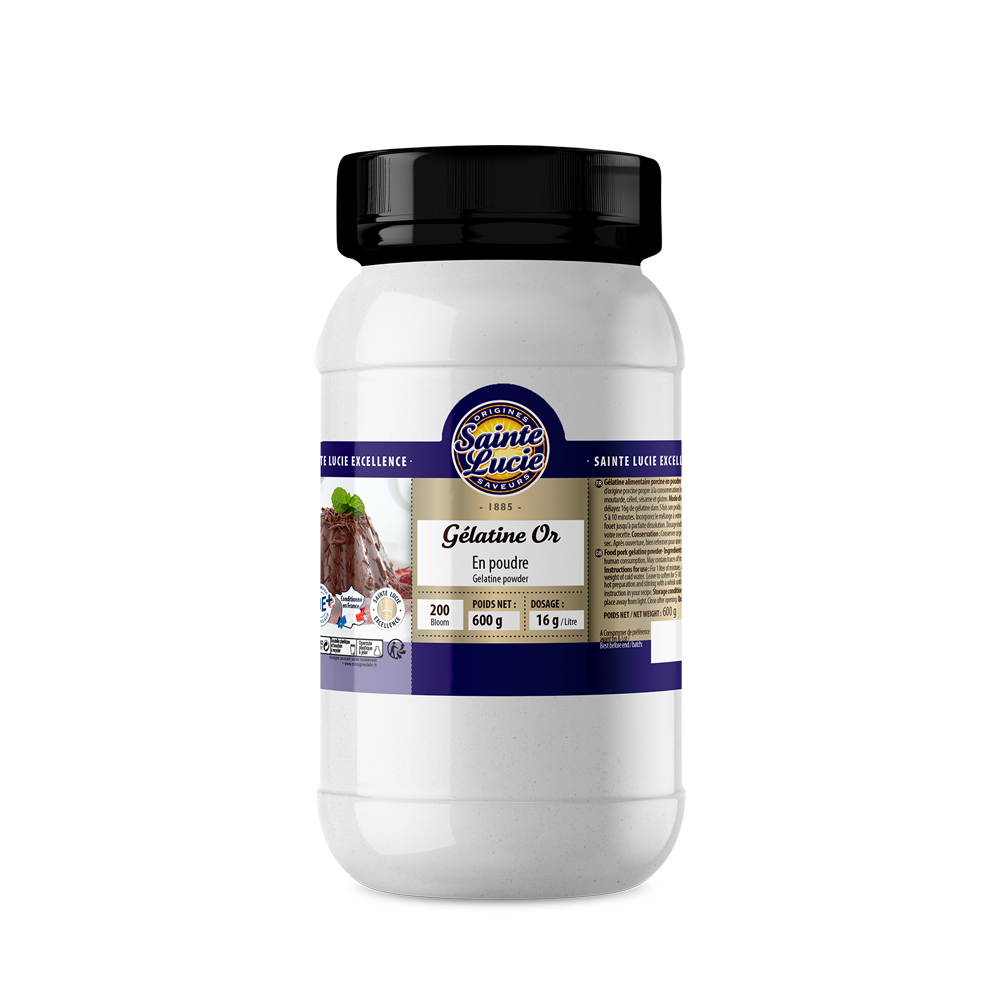

It is widely used in pharmaceuticals, cosmetics, and food products owing to its unique properties ( Sahoo et al., 2015). Gelatin is a denatured protein synthesized from the partial hydrolysis of structural animal collagen proteins. Gelatin is an excellent component of hemostats because of its biodegradability and biocompatibility, high availability of raw material, low cost, widespread use, good foaming capabilities ( Song et al., 2018) and low immunogenicity ( Gorgieva and Kokol, 2011). Various hemostatic agents, including gelatin-based hemostatic agents, are currently available on the market.

Topical hemostatic agents can be used to treat excessive bleeding in areas that are difficult to reach using conventional methods. Additionally, blood transfusion may be required, which has been linked to a higher incidence of postoperative complications and safety concerns.

Increased disease and death, increased hospital expenditures, and unwanted postsurgical repair/infections are unwanted outcomes that are associated with uncontrolled surgical bleeding. Ideally, the agent must not cause degradation of the contact tissue, not disintegrate into particles that can enter the bloodstream, be stable enough to withstand high pressures from bleeding in the vessels, and be easily removed when bleeding has stopped ( Mani et al., 2014) ( Fig. The agent must be sufficiently flexible to adapt to the wound to ensure that they reach and apply pressure to areas of injury that are inaccessible. Additionally, some dental procedures such as exodontia, tissue biopsies, endosseous implantation, and periodontal surgery gain benefits from the use of hemostatic agents.Īn ideal hemostatic agent is light, stable, and can be easily applied to a bleeding site. Hemostatic agents are routinely used in sinus surgery ( Woodworth et al., 2009), vascular surgery ( Vyas and Saha, 2013), cardiovascular surgery ( Tackett et al., 2014) and ophthalmic surgery ( Wolkow et al., 2018). Conventional methods to reduce bleeding during surgery include ligation, compression to the bleeding site, electrical cauterization, and clipping. The ability to control bleeding is critical to the success of any surgical procedure. The development of novel combination gelatin-based hemostatic agents has much potential for effective control of excessive bleeding. Gelatin-based hemostatic agents are effective and important part of bleeding control, as evidenced by its wide application in medicine and dentistry. In this narrative literature review, we discuss the background and different types of gelatin-based hemostatic agents in medical and dental procedures, the comparison of gelatin-based and non-gelatin-based hemostatic agents, and the usage and development of enhanced or novel gelatin-based hemostatic agents. Gelatin-based hemostatic agents have been widely used in medical and dental procedures, owing to their biodegradability and biocompatibility, as well as availability and low cost of raw materials. A good hemostatic agent controls bleeding effectively, reduces the need for blood transfusion, removes the need for systemic drugs to control bleeding, results in shorter surgery time, and reduces the cost and length of hospital stay of the patient. Hemostatic agents are used to treat excessive bleeding. Uncontrolled bleeding is linked to higher treatment costs, risk of post-surgical infection and increased disease and death.


 0 kommentar(er)
0 kommentar(er)
